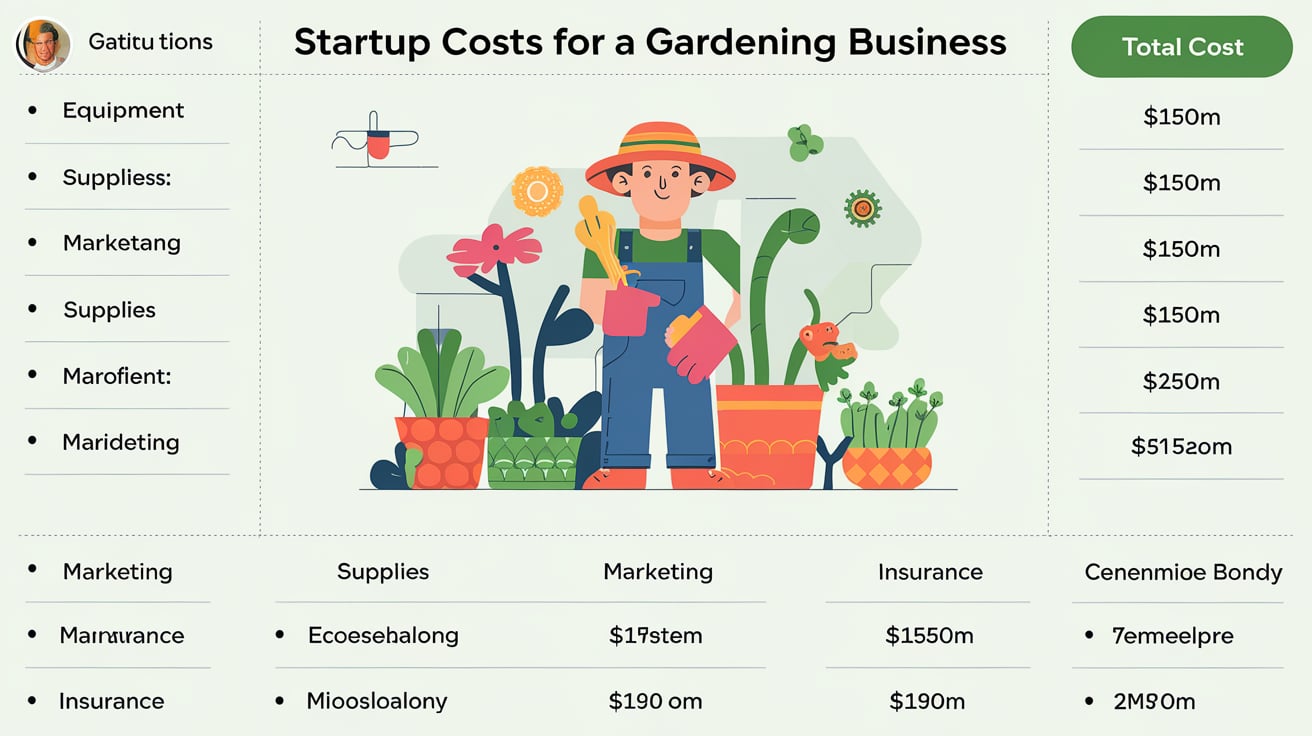Key Takeaways:
- A comprehensive business plan is crucial for the success of any new venture
- The plan should include an executive summary, company description, market analysis, organization structure, product/service line, marketing strategy, funding requirements, and financial projections
- Research and data are essential for creating a convincing and realistic business plan
- Your business plan should be adaptable and regularly reviewed
- Seek feedback from mentors, industry experts, and potential investors to refine your plan
How to Create a Business Plan for a New Venture.
Understanding the Importance of a Business Plan.
A business plan is more than just a document; it’s a roadmap for your entrepreneurial journey. It serves as a blueprint for your new venture, outlining your vision, goals, and strategies for achieving success. A well-crafted business plan not only helps you clarify your business idea but also plays a crucial role in securing funding, attracting partners, and guiding your day-to-day operations.
Creating a business plan forces you to think critically about every aspect of your venture. It challenges you to consider potential obstacles and opportunities, helping you make informed decisions from the outset. Moreover, a solid business plan demonstrates to investors and lenders that you’ve done your homework and have a clear path to profitability.
Preparing for the Planning Process
Before diving into the details of your business plan, it’s essential to lay the groundwork for a successful planning process. This preparation phase involves several key steps:
- Define your purpose: Clarify why you’re writing the business plan. Is it to secure funding, attract partners, or simply to guide your own efforts?
- Gather information: Collect all relevant data about your industry, target market, competitors, and potential customers.
- Organize your thoughts: Outline the key components of your business idea and how they fit together.
- Set aside dedicated time: Writing a comprehensive business plan requires focus and concentration. Allocate sufficient time to the task.
- Choose your tools: Decide whether you’ll use business planning software, a template, or create your plan from scratch.
Crafting the Executive Summary.
The executive summary is arguably the most critical section of your business plan. Although it appears first, it’s often written last, as it summarizes the entire plan. This section should be compelling enough to grab the reader’s attention and make them want to learn more about your venture.
Your executive summary should include:
- A brief description of your business concept
- Your unique value proposition
- An overview of your target market
- A summary of your financial projections
- Your funding requirements (if applicable)
Keep the executive summary concise—ideally no more than one or two pages—while still conveying the essence of your business plan.
Describing Your Company.
The company description provides a high-level overview of your business. This section should paint a clear picture of what your company does, who it serves, and what sets it apart from competitors. Include information such as:
- Your company’s mission statement
- The legal structure of your business (e.g., LLC, corporation, partnership)
- A brief history of the company (if applicable)
- Your business location and any physical requirements
- An overview of your products or services
- Your company’s short-term and long-term goals
This section is your opportunity to showcase your passion for your business and demonstrate why you’re uniquely positioned to succeed in your chosen market.
Conducting a Thorough Market Analysis.
A robust market analysis is crucial for demonstrating the viability of your business idea. This section should provide in-depth insights into your industry, target market, and competition. Key components of a market analysis include:
- Industry overview: Describe the current state of your industry, its size, growth trends, and any relevant regulations or technological changes.
- Target market segmentation: Identify and describe your ideal customers, including demographics, psychographics, and buying behaviors.
- Market size and growth potential: Quantify the size of your target market and project its growth over the next few years.
- Competitive analysis: Identify your main competitors, their strengths and weaknesses, and how your business will differentiate itself.
- SWOT analysis: Evaluate your business’s strengths, weaknesses, opportunities, and threats in relation to the market.
Use data from reputable sources to support your claims and projections. This will lend credibility to your analysis and demonstrate that you’ve done your due diligence.
Outlining Your Organization and Management Structure.
Investors and lenders want to know that your business has a solid foundation and is run by capable individuals. In this section, describe your company’s organizational structure and introduce key team members. Include:
- An organizational chart showing the hierarchy and reporting relationships within your company
- Brief biographies of founders and key team members, highlighting relevant experience and qualifications
- Any gaps in your team and plans to fill them
- Advisory board members or mentors, if applicable
- Ownership information and the legal structure of your business
If you’re a solo entrepreneur, focus on your own qualifications and plans for growth, including when and how you intend to bring on additional team members.
Detailing Your Product or Service Line.
This section is where you dive deep into what your company actually offers. Provide a comprehensive description of your products or services, explaining how they meet the needs of your target market. Include information such as:
- Detailed descriptions of each product or service
- The current stage of development for each offering
- Any intellectual property, such as patents or trademarks
- Research and development activities, including any future products or services in the pipeline
- How your offerings compare to those of your competitors
- Your pricing strategy and how it relates to the market
If you have a physical product, consider including images or diagrams. For service-based businesses, create detailed service packages or tiers to illustrate your offerings.
Developing Your Marketing and Sales Strategy.
A solid marketing and sales strategy is crucial for attracting and retaining customers. This section should outline how you plan to reach your target market and convert prospects into paying customers. Key elements to include are:
- Positioning: Describe how you want your brand to be perceived in the market.
- Pricing strategy: Explain your pricing model and how it relates to your positioning and target market.
- Promotion tactics: Detail the marketing channels and methods you’ll use to reach potential customers (e.g., social media, content marketing, paid advertising).
- Sales process: Outline your sales funnel and how you’ll guide prospects from awareness to purchase.
- Customer retention: Describe strategies for maintaining customer relationships and encouraging repeat business.
- Partnerships and collaborations: Identify any strategic partnerships that will help you reach your target market.
Be sure to include specific, measurable goals for your marketing and sales efforts, as well as the budget you’ve allocated for these activities.
Funding Requirements and Financial Projections.
If you’re seeking investment or loans, this section is particularly crucial. Even if you’re not currently seeking funding, including financial projections demonstrates that you’ve thought critically about the financial aspects of your business. Include:
- Current funding requirements and how the funds will be used
- Any future funding requirements over the next three to five years
- Your preferred type of funding (e.g., equity, debt) and terms
- A summary of your financial projections, including:
- Income statements
- Balance sheets
- Cash flow statements
- Break-even analysis
Provide monthly or quarterly projections for the first year, and then annual projections for the following four to five years. Be sure to explain the assumptions behind your projections and use realistic, data-backed estimates.
Appendices and Supporting Documents.
The appendices are where you can include any additional information that supports your business plan but doesn’t fit neatly into the main sections. This might include:
- Detailed financial statements and projections
- Market research data
- Product specifications or technical details
- Legal documents (e.g., patents, contracts)
- Resumes of key team members
- References or letters of support
Organize your appendices logically and refer to them in the relevant sections of your main business plan.
Reviewing and Refining Your Plan.
Once you’ve completed your initial draft, it’s time to review and refine your business plan. Here are some steps to ensure your plan is as strong as possible:
- Proofread for clarity and consistency: Ensure your writing is clear, concise, and free of errors.
- Check your numbers: Verify that all financial projections and statistics are accurate and consistent throughout the plan.
- Seek feedback: Share your plan with trusted advisors, mentors, or industry experts for their input.
- Consider your audience: Tailor the language and level of detail to your intended readers (e.g., investors, partners, employees).
- Keep it up to date: Regularly review and update your business plan as your venture evolves and market conditions change.
Remember, your business plan is a living document. It should evolve as your business grows and adapts to changing market conditions. By creating a comprehensive, well-researched business plan, you’ll be setting a strong foundation for the success of your new venture.
As an author writing and creating business courses and articles, I am responsible for developing and delivering high-quality content that is informative, engaging, and relevant to the target audience.
I monitor and analyzes business trends and topics to create courses and articles that provide value to readers and students here. I am responsible for ensuring that all content is accurate, well-written, and met the needs of the target audience.






